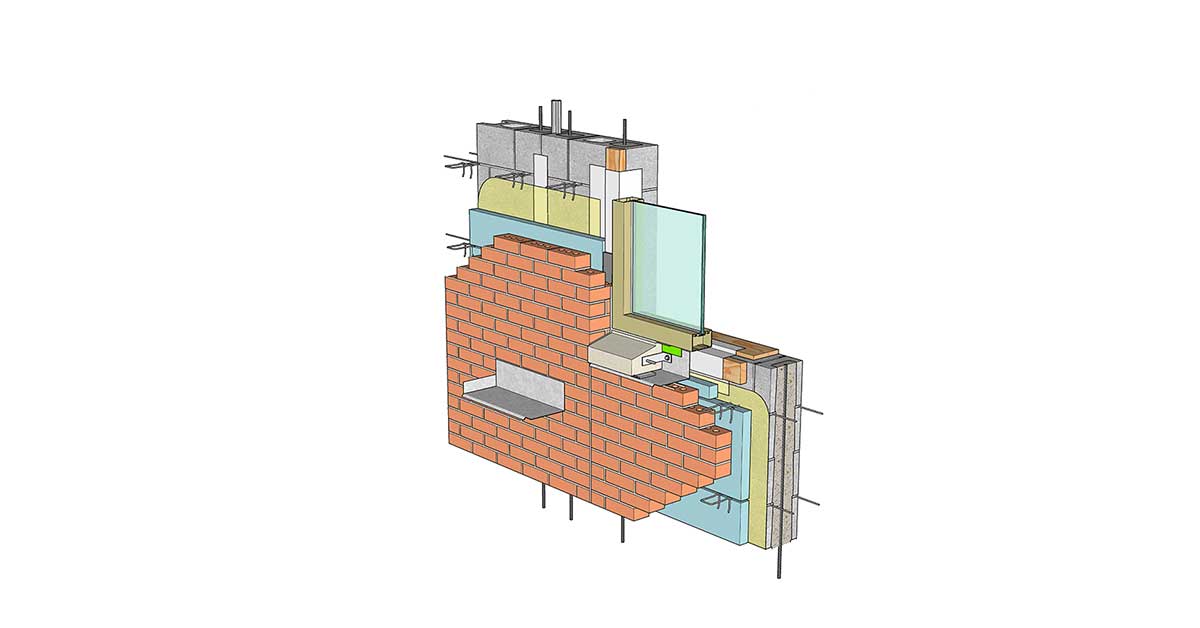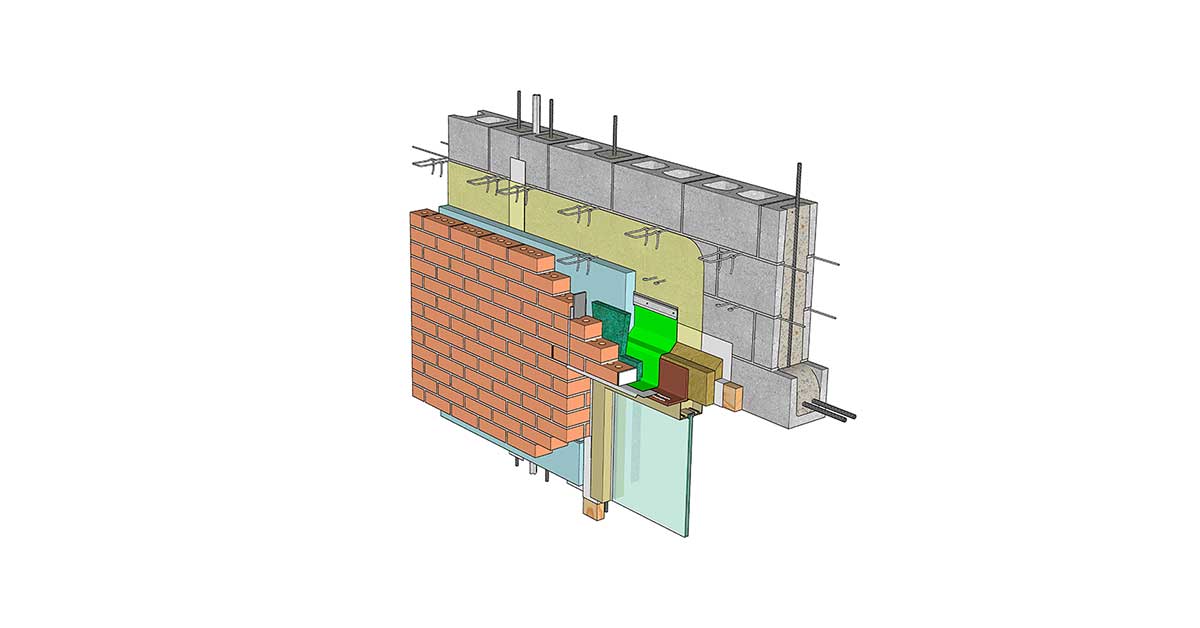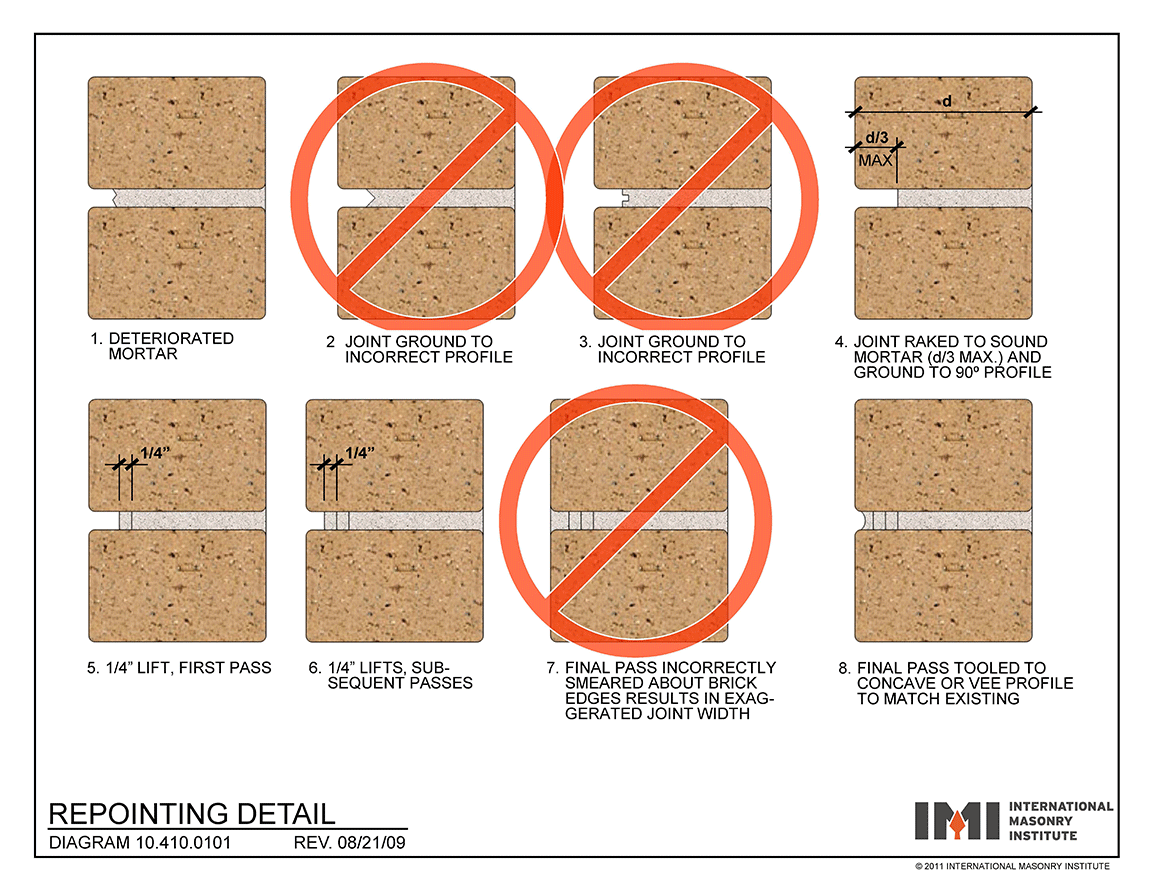Brick that are cracked, spalled, or damaged are commonly replaced during repair and restoration projects and not repaired in situ. The overarching goal of brick replacement is to find a brick that matches the existing brick aesthetically and has similar properties of strength, density, porosity, and water absorption. If replacement brick are too strong and dense in a wall assembly with weaker, more porous, brick, they can cause premature future failures of the historic or existing brick wall assembly.
Protecting the brick surface is important to its durability as well as its aesthetics. There are some treatments for staining brick, as an example, when replacing brick that may not be a great match. Stain type needs to be appropriate for the properties of the brick and provide adequate adhesion that should be tested during mockups to ensure it will be a durable and aesthetic treatment. Avoid coating systems on brick that will limit vapor transmission and drying capacity.
During the firing process in the kiln, brick form a fireskin around its exterior. The fireskin has a slightly higher density than the interior body of the brick. Especially for softer brick, this fireskin plays an important role in protecting the brick from weathering so it can maintain its durability. Abrasive and chemical treatments that damage the fireskin, leave the brick open to accelerated weathering and lower its resiliency. Maintaining a durable brick masonry facade requires repair or cleaning treatments that do not damage the brick surfaces. Protecting the brick surfaces is also important in retaining the historic character and aesthetic qualities of the brick.
With repair and restoration projects it is important to understand the properties of the existing brick wall system, material properties, and anchorage prior to selecting replacement materials and repair strategies. The following field and laboratory testing may be needed for brick facade evaluation.
FIELD TESTING:
- Masonry deformability properties, Flatjack
| | - Thermal and moisture properties
| - Rebound Hammer for material hardness
| - Stress Wave Transmission for material soundness
|
| | - Non-Destructive Evaluation (NDE)
| - Pachometers for metal location
| - Infrared Thermography for material moisture and temperature differences
|
LABORATORY TESTING:
- Compressive Strength, Density, Porosity
| - Water absorption – cold and boiling
| | | |
| | | - Salt/deposit identification analysis
| |



